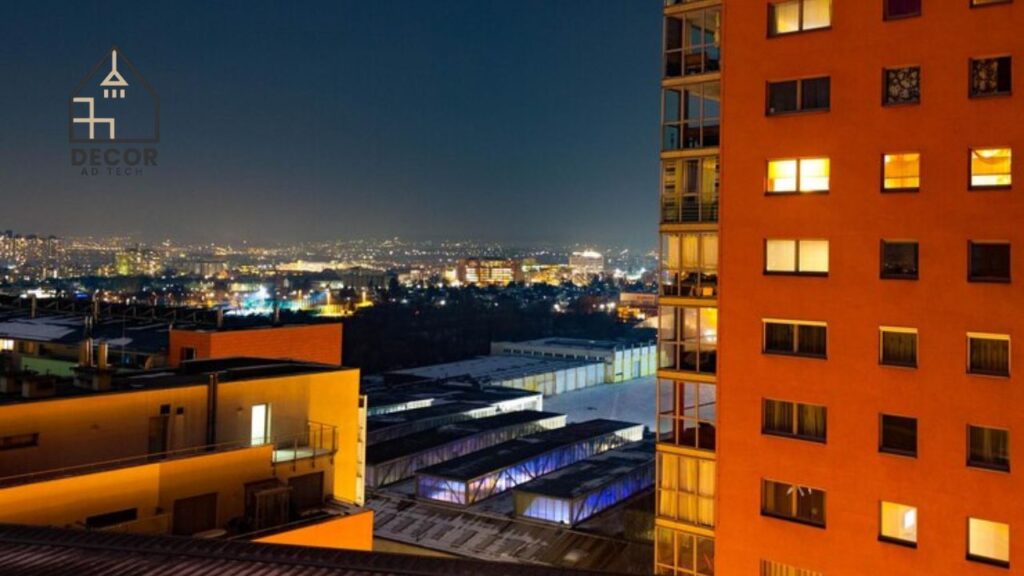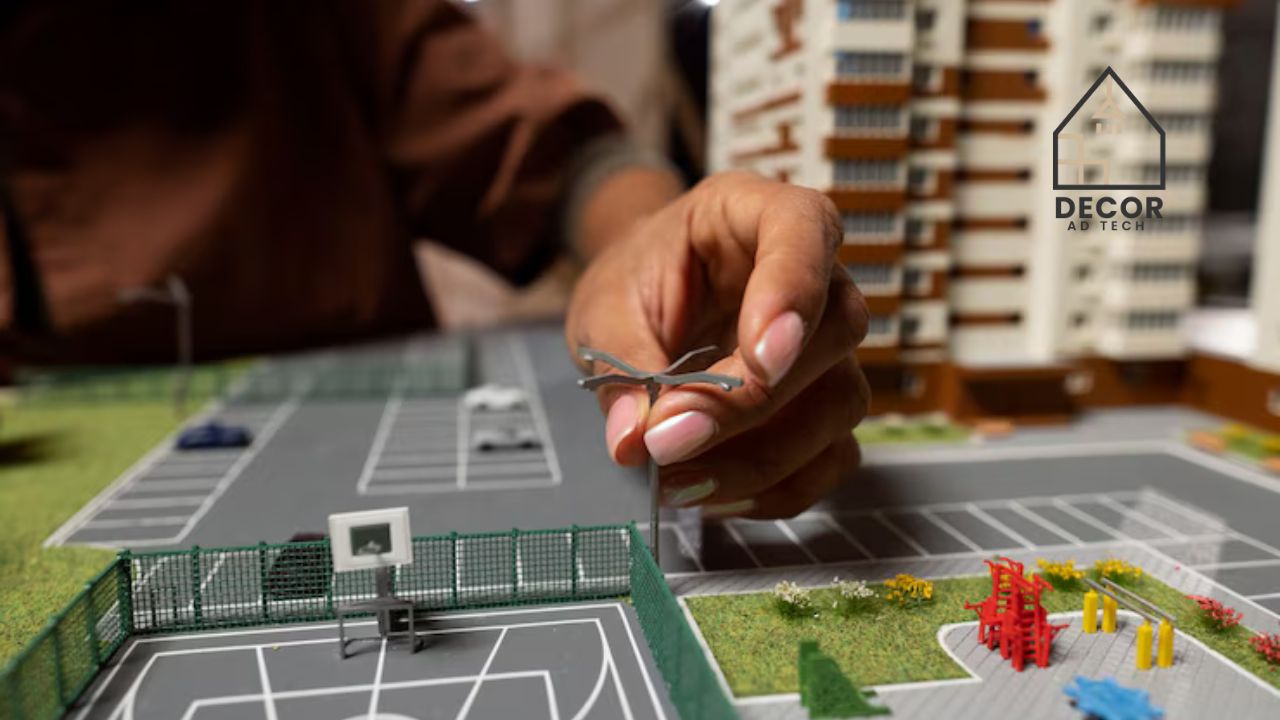Living in a red light district residence on the ground floor can feel like an adventure, offering a blend of vibrant culture, unique experiences, and colorful surroundings. Whether you’re seeking affordability, proximity to city nightlife, or curious about its quirks, this guide will give you everything you need to know. From pros and cons to real-life insights, we’ll explore the ins and outs of red light district living.
Quick Facts About Red Light District Ground Floor Residences
| Feature | Details |
|---|---|
| Location Trends | Popular in cities like Amsterdam, Hamburg, and Bangkok |
| Housing Types | Apartments, studio flats, and converted commercial spaces |
| Average Rent | Typically 20-30% cheaper than nearby non-red light districts |
| Main Draws | Nightlife, accessibility, affordability |
| Common Challenges | Noise, foot traffic, safety concerns |
| Popularity | Gaining interest among young professionals, artists, and entrepreneurs |
Keep these quick facts in mind as we dig deeper into the dynamics of life in a red light district residence on the ground floor.
Why Choose a Ground Floor Residence in the Red Light District?

1. Affordability Meets Urban Living
Living on the ground floor in these areas often comes with lower rent, making it an attractive option for budget-savvy urbanites. Properties here are usually priced 20-30% lower than the city average because of perceived downsides such as noise and nightlife.
For example:
- An artist in Amsterdam saved €300 monthly compared to renting in a nearby upscale neighborhood.
- A small business-owner in Bangkok found his ideal mid-budget apartment in such a district.
Tip: If affordability is a priority, weigh factors like convenience and local amenities against potential noise issues.
2. A Vibrant, Non-Stop Culture
Ground-floor living here immerses you in the heart of activity. Cafés, bars, boutique shops, and late-night eateries often populate the immediate surroundings. The constant buzz can be exciting:
- You’re steps away from clubbing, art galleries, and live music performances.
- Street festivals and cultural parades may pass right by your window.
However, some find the constant movement overwhelming. Following tips from DrHomey, consider investing in noise-canceling curtains or white noise machines to balance the excitement with rest.
3. Accessibility and Convenience
Ground-floor units are practical for all kinds of residents. Whether you dislike stairs or appreciate easily accessible entrances for moving furniture around, these apartments come in handy.
Handy tips by DrHomey:
- Install secure, reinforced locks as ground-floor units are more accessible to passersby.
- Opt for a residence with double-glazed windows to reduce street-level disturbances.
4. Candid Community Atmosphere
Red light districts often break traditional stereotypes with friendly, accepting communities. Expect vibrant diversity in terms of neighbors, restaurants, and attractions:
- Certain residences attract artists and creative professionals.
- Monthly community events (street markets, pop-up shows) are common features.
Residents often mention how surprisingly warm these communities feel, despite the public frenzy associated with red light districts.
Real-Life Challenges (and How to Handle Them)
Being well-informed makes ground-floor living manageable. While some challenges exist, most are easy to tackle with preparation. Here’s how to deal with common concerns:
Noise and Foot Traffic
One common drawback is frequent noise, particularly during peak nightlife hours. From tourists stomping the streets to lively bar-goers, disruptions are part of daily life.
Solutions:
- Soundproof your windows.
- Establish “quiet zones” indoors, isolating sound-sensitive tasks like remote work.
Safety Concerns
Ground-floor units are more accessible, which some may perceive as less secure.
Real-life example:
- A renter in Hamburg installed motion-activated lights outside her entryway, deterring potential intruders.
Additional handy tips from DrHomey:
- Invest in durable door locks and window bars for extra peace of mind.
- Install video-enabled doorbell cameras for a safer front door.
Privacy Issues
Living at street level often means sacrificing some privacy, especially with curious pedestrians.
Workarounds:
- Frost window films or chic blinds can block outside views while allowing natural light to enter.
- Arrange furniture to minimize exposure towards street-facing windows.
Ratings and Reviews from Residents
Here’s what residents have to say about living in red light district residences on ground floors:
- Jessie M., Amsterdam (4.5/5): “It’s an exciting, lively part of the city, but I needed soundproof panels to get proper sleep. Affordable rent made it worthwhile!”
- Ravi K., Bangkok (4/5): “Perfect for young professionals like me. It’s walkable, energetic, and surprisingly safe once you settle in.”
- Sofia T., Hamburg (3.5/5): “I wasn’t prepared for the nightlife intensity. Still, I love the welcoming community.”
Ratings suggest a predominantly positive experience, especially for those aware of what to expect.
FAQs on Red Light District Residences
Is it safe to live on the ground floor in red light districts?
Safety varies by location. Install locks, cameras, and motion-sensor lighting to enhance protection. Many areas are government-regulated and well-monitored, with crime rates lower than expected.
Do families live in red light districts?
While less common, families can be found here, particularly in quieter sections. Proximity to city life and affordability can appeal to families, though nightly disruptions may not suit everyone.
Are utilities more expensive in such areas?
Utilities usually fall within city averages, unless properties incorporate commercial spaces (e.g., storefront apartments).
Can I block out noise effectively?
Yes! Soundproof curtains, weather-stripping doors, and acoustic panels are affordable options.
Should I consider renting such spaces?
If you crave urban energy and prioritize affordability, red light district residences on ground floors offer unique benefits. But, consider your tolerance for noise and privacy trade-offs.
Final Thoughts
Choosing a red light district residence on the ground floor is about balancing lifestyle preferences with practical adjustments. Whether you’re after affordability or relish the cultural energy of these areas, preparation is key. Use drhomey handy tips to address challenges like noise and security.
With the right attitude and tools, living in one of these exciting locations could be an enriching decision. See it, feel it, and enjoy your ground-floor adventure!
Admin Recommendation
How to Upgrade My Home Decoradtech
Decoradtech Smart Home Ideas by DecoratorAdvice
DecorAdTech Smart Home Ideas by DecoratorAdvice











